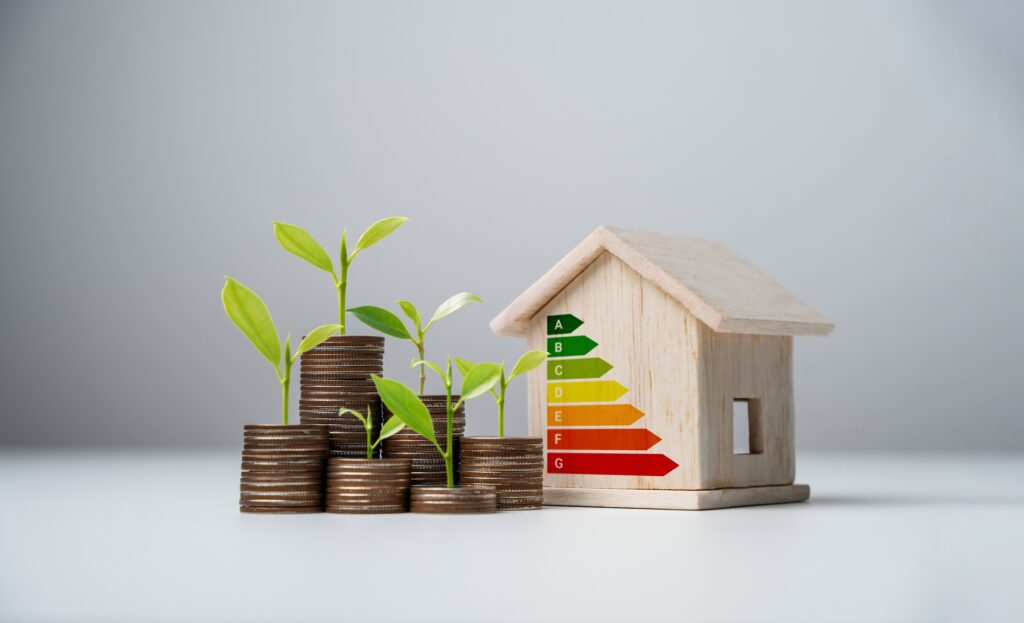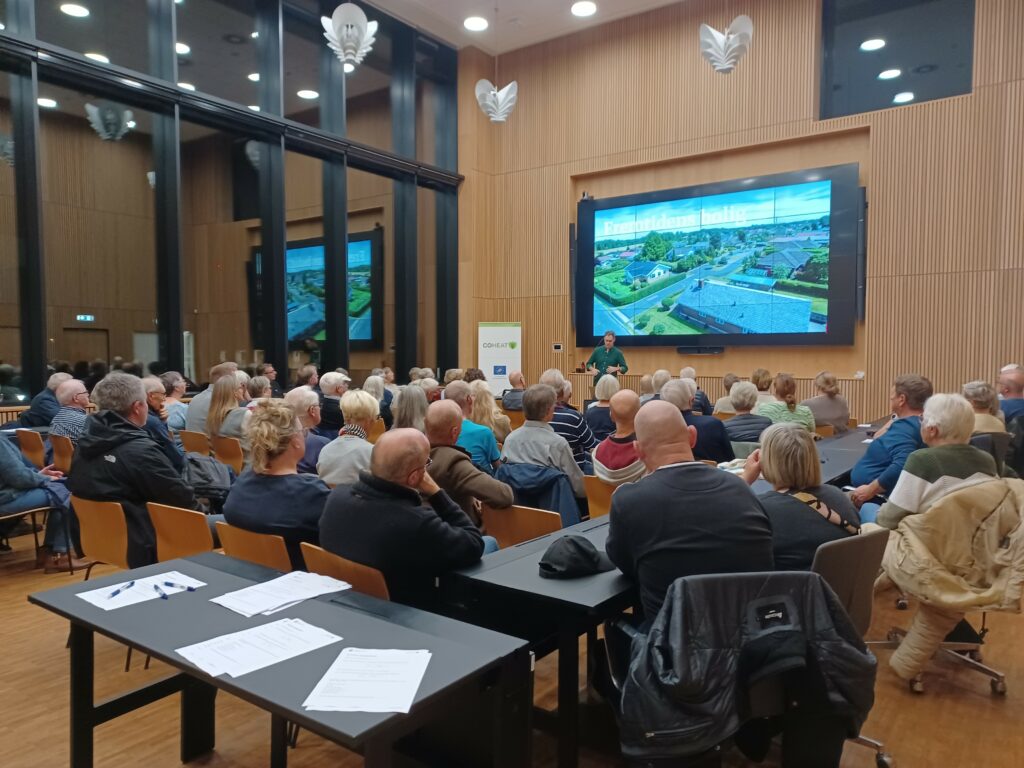Articles
COHEAT ON TRACK
Southern Denmark paves the way for Green Heating
Seven Southern Danish municipalities, home to almost 400,000 residents, are accelerating the green heating transition. Through the EU project COHEAT, they have already committed more than DKK 240 million to green heating and energy renovations – with results that already surpass the original goals.
2. June 2025

Three Regional Focal Points
At the heart of the transition are three regional platforms – the Project Development Units (PDUs) – each driving change based on local needs and strengths:
Triangle Region (Middelfart & Kolding) is pushing ahead with both district heating expansion and the development of termonet – an innovative collective heating solution for villages.
Funen (Nyborg, Svendborg, Faaborg-Midtfyn & Assens) is taking on the ambitious task of phasing out 25,500 oil and gas boilers, while testing a mix of collective and individual green alternatives.
Sønderborg is staying true to its goal of becoming CO₂-neutral by 2029 and, through ProjectZero, is engaging citizens and local actors in shaping solutions together.
Together, these three hubs show how local action can accelerate the green heating transition across Southern Denmark.
Promising Results
A progress review from June 2025 shows that the municipalities have already mobilised investments of around DKK 275 million – surpassing the target of DKK 240 million. Some highlights:
In the Triangle Region, a large termonet project involving 130 households in Fjelsted-Harndrup has been launched, while district heating expansions continue in line with municipal heating plans.
On Funen, public meetings and feasibility studies have been carried out in several villages, a calculation tool for “Termonet systems” has been developed, and 100 homes have received energy audits.
In Sønderborg, 13 villages have joined a local heating association, while partnerships with banks and real estate agents are enabling homeowners to finance both renovations and conversions.
That the target has already been exceeded is mainly due to high investment levels in district heating and energy renovations – two areas that have gained extra momentum despite falling gas prices. By contrast, legislation still hampers the development of “Termonet systems”, and heat pumps are playing a smaller role than expected.

COHEAT is built on a flexible concept that can be adapted to local conditions:
Local heating systems such as termonet – ideal for villages and sparsely populated areas.
Individual heat pumps – a natural choice for homes outside collective networks.
District heating expansions – driven by strong political momentum after the 2022 energy crisis.
Energy renovations – a constant priority to cut consumption and ensure comfort.
What we’ve learned so far
Involve citizens early – open dialogue builds trust and support for collective solutions.
Stronger together – small municipalities achieve more when they join forces.
Partners matter – banks and utilities are key to scaling up investments.
Innovation needs support – new solutions like termonet require better legislative frameworks


